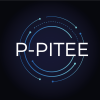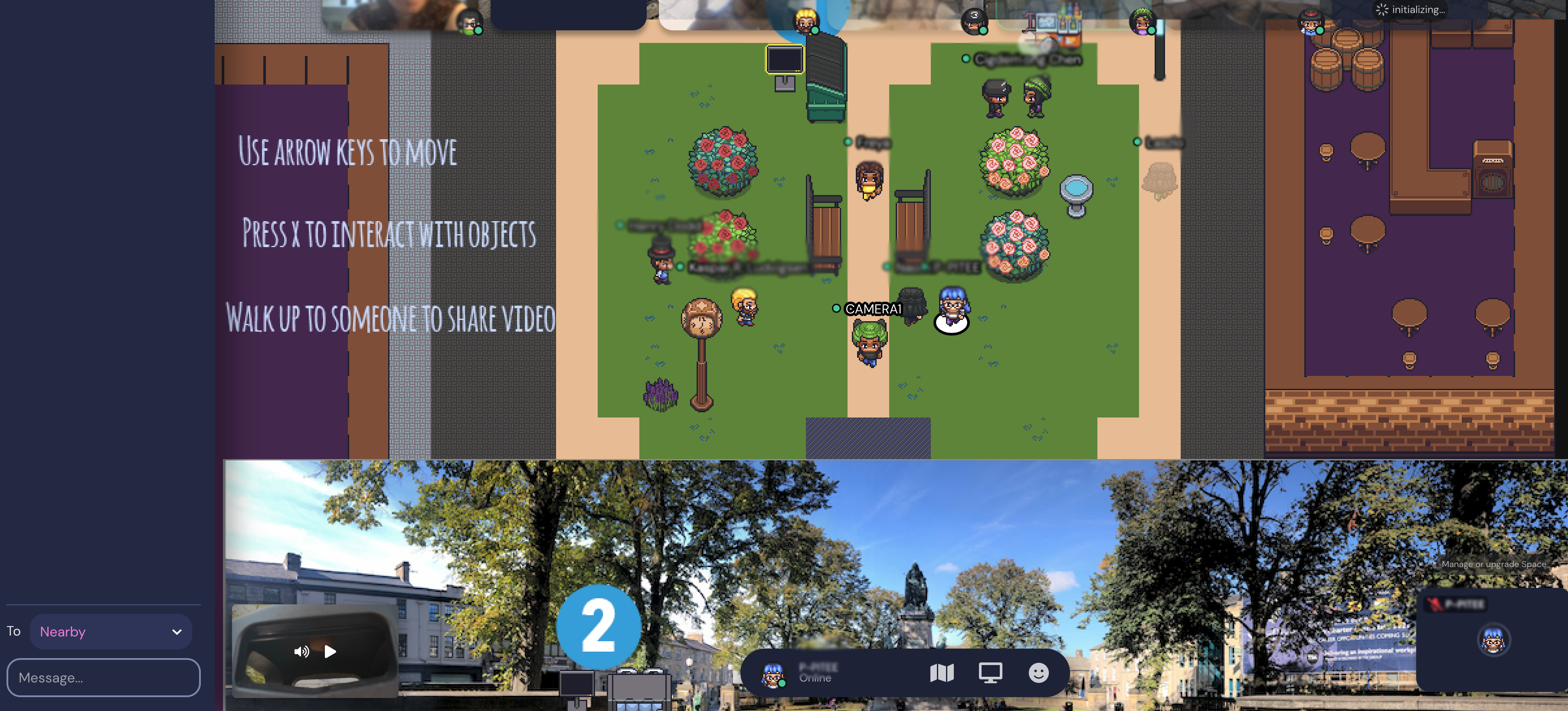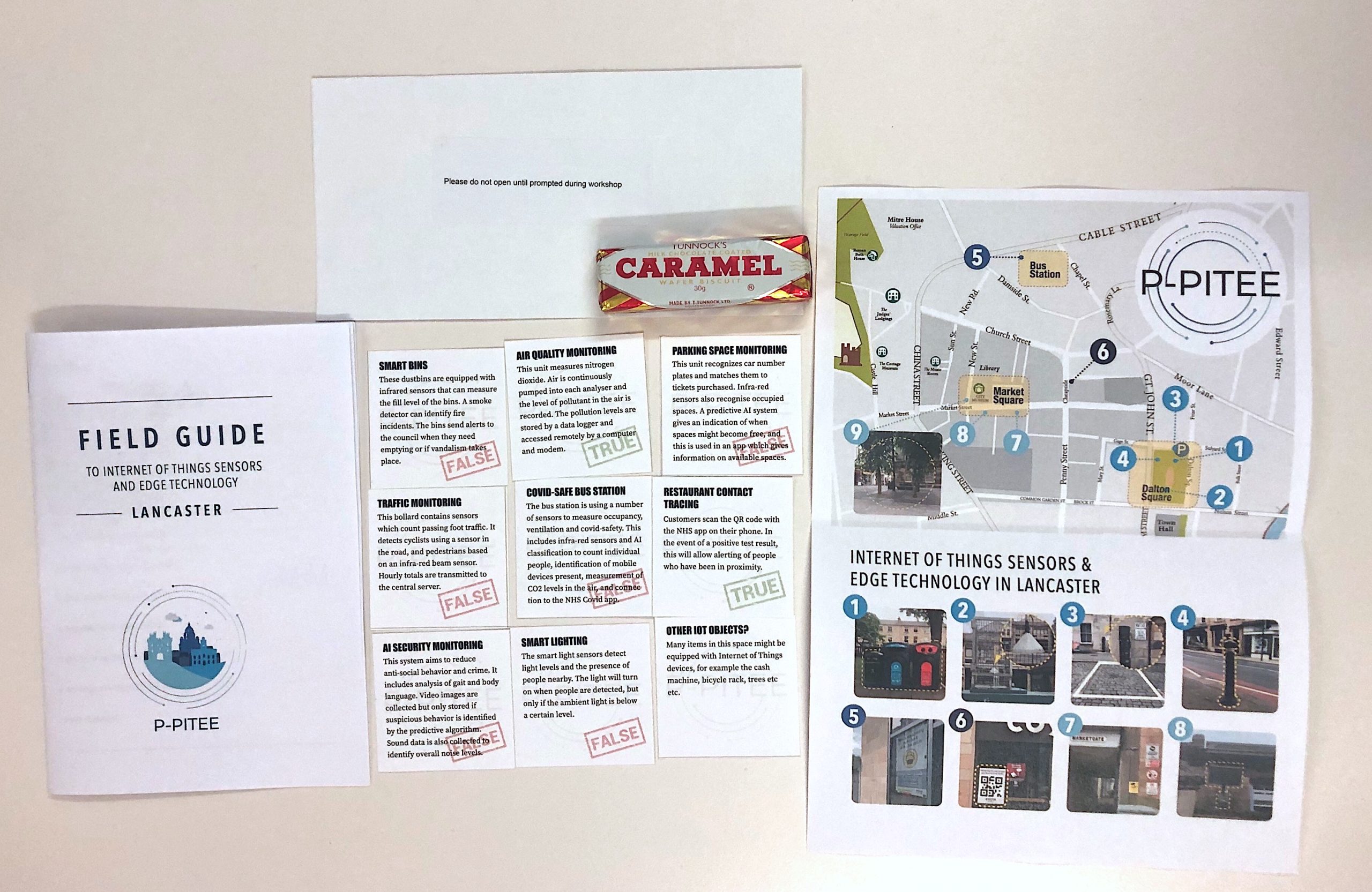The P-PITEE project explores how we can use design methods to develop policies for IoT devices with our local district council. In the summer we held a walking workshop in Lancaster with council officers (http://imagination-old.lancaster.ac.uk/update/design-fiction-walkshop/), which helped us gain valuable insights into the possible benefits and challenges of installing IoT sensors in public places. To develop the project further, we wanted to get insights from IoT experts, but this time we decided to experiment with holding a virtual walkshop.
We wanted to know how the IoT experts understand the possible benefits, risks, and challenges of IoT sensors in public spaces from our design fictions. The virtual walkshop was experimental and explored how can we use digital spaces to understand physical spaces. So, we built a virtual city centre of Lancaster using Gather Town, which is a digital platform. Gather is an online platform where you can create a digital space on a 2D surface and then select your avatar and video chat by proximity between other people. You can also virtually ‘walk’ around the area to join and leave the conversation with others using direction keys (Jacobs & Lindley, 2021).
With this function in Gather Town, we tried to recreate the experience of being in the public spaces in Lancaster on a digital platform. We uploaded pictures of some public places as backgrounds and 360 degrees videos of sites for walking. They helped our participants (most of them haven’t been to Lancaster before) to look around Lancaster. We also wanted participants to have more physical interactions even though they would be in their own rooms during the walkshop. We sent some tools (a printed field guide, a map and stickers) for their adventure by post.
We found that, whilst using the 2D digital space was limited in terms of what we could represent, it was also playful and has the feel of a game, with the game features such as selecting an avatar and moving with direction keys. Furthermore, it pushes people’s boundaries of thinking about how the place currently looks like and what the place can be. By watching the short videos, the participants paid attention to what was happening in the places. For instance, the video of stop 8, Smart light, shows a bank near the lamppost. Some participants speculated on possible cyberattack scenarios in the bank through the smart lighting system.
As people have experienced the Covid-19 pandemic, it is important that we begin to rethink the meaning of public’ and the combination of digital and physical environments (Hardley & Richardson, 2020). In order to build a better future place, balancing the benefits of physical and digital methods will be beneficial to support community and place managers.
The final stage of the project will be a workshop with the district council, where we will be presenting the policy areas that have emerged so far, and we will be developing these further with them.




